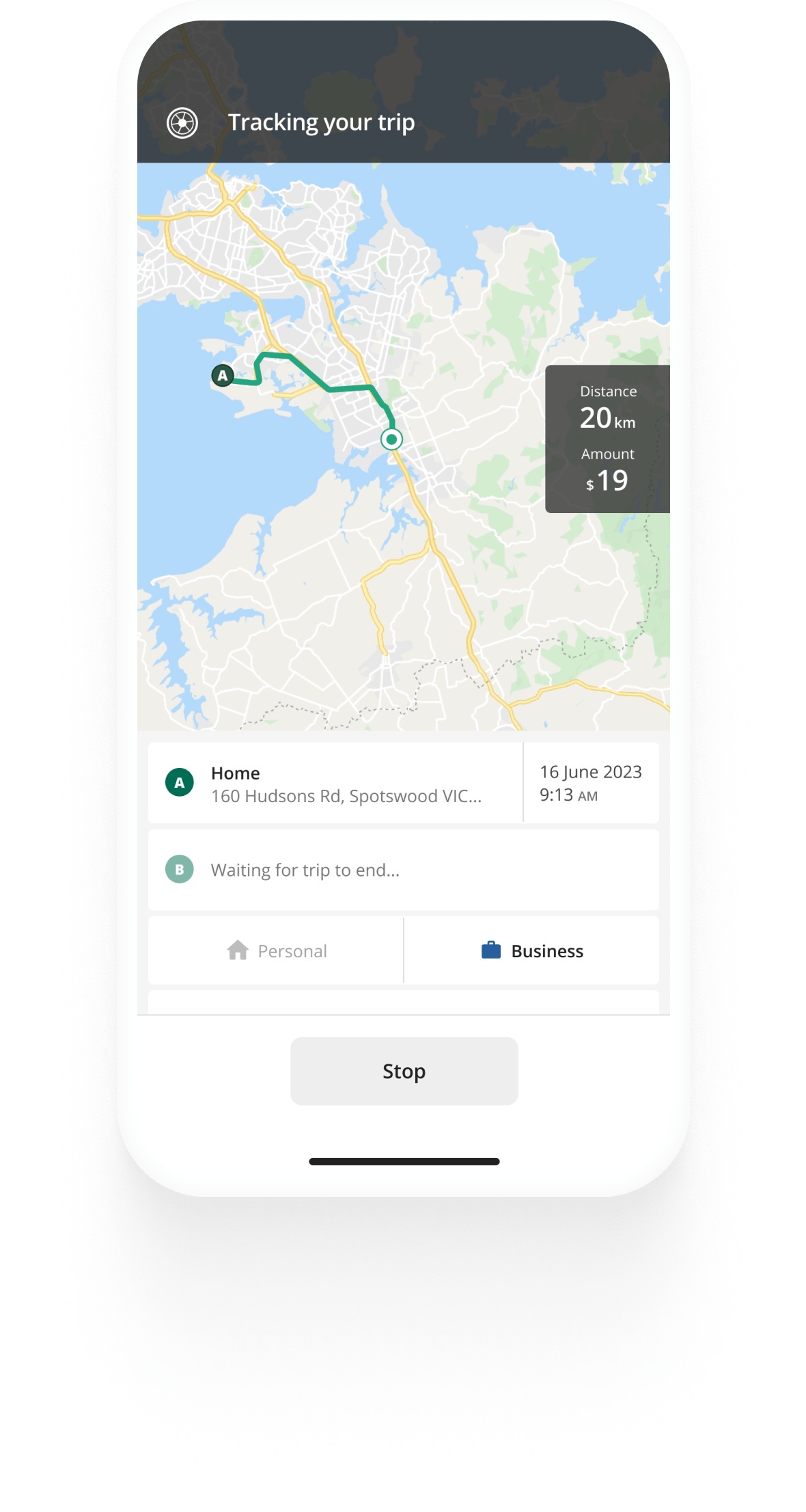Track mileage automatically
Get startedTachometer
What is a tachometer? A tachometer is the instrument found in vehicles that measures and displays the engine's rotational speed, commonly known as RPM (revolutions per minute).
The tachometer is connected to the engine's crankshaft or ignition system, where it measures how many rotations the engine makes in a minute. That information is then displayed in your dashboard, either on a dial with a needle, or on a digital screen.
If you drive a car with manual transmission, the tachometer is particularly helpful. It helps you shift gears at the optimal RPM range, which is good for both engine performance and fuel efficiency.
In addition to helping with gear shifting, the tachometer provides insight into the overall health of the engine. Unusually high or low RPM could indicate issues that require the attention of a mechanic.
Overall, the tachometer is a valuable tool that can help you get the most performance out of your engine, improve fuel efficiency, and give you insights into the engine’s wellbeing.
Speaking of wellbeing - with the Driversnote mileage tracker you can eliminate the worry of keeping a tax compliant mileage log, and spend your time on something more meaningful to you.


Kilometre tracking made easy
Trusted by millions of drivers
Automate your logbook Automate your logbook

Automatic mileage tracking and IRD-compliant reporting.
Get started for free Get started for freeFAQ about tachometers

Tired of logging mileage by hand?
Effortless. IRD-compliant. Liberating.